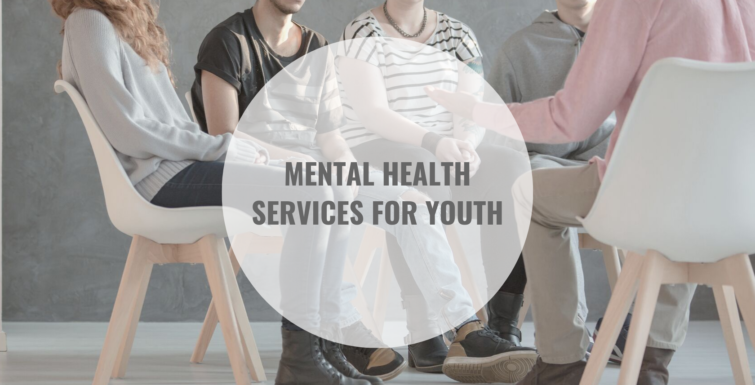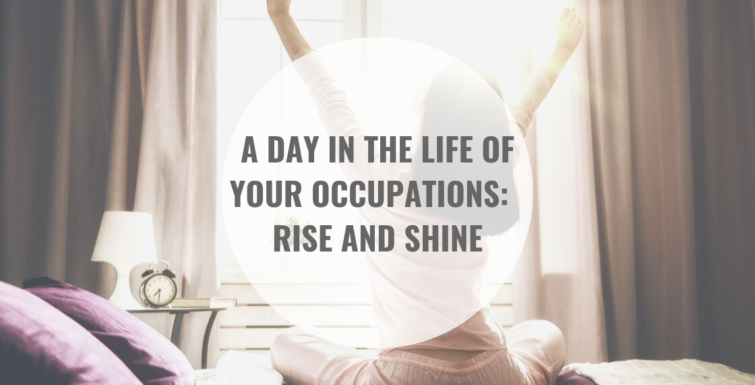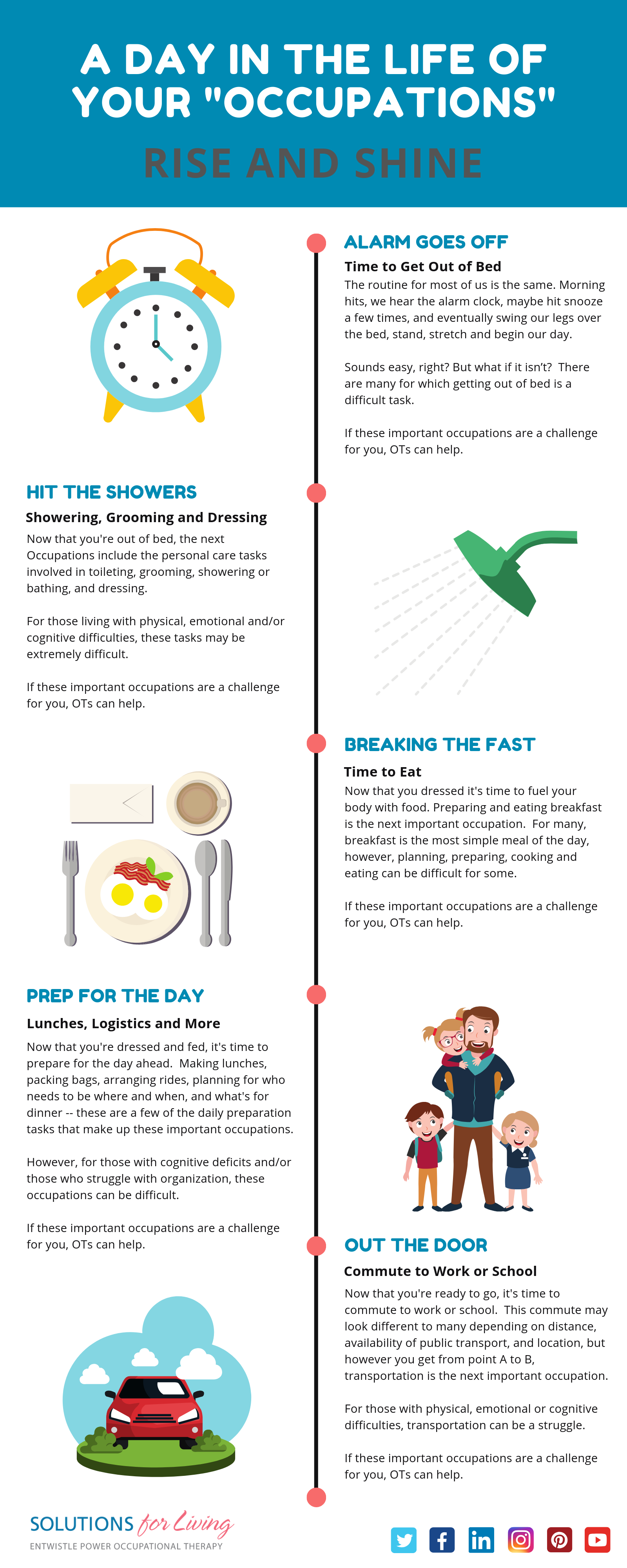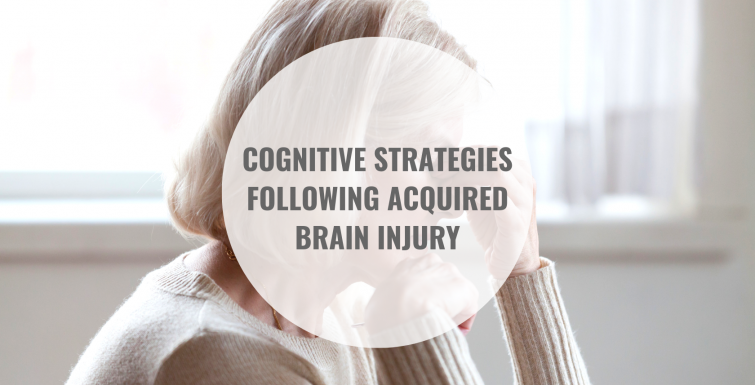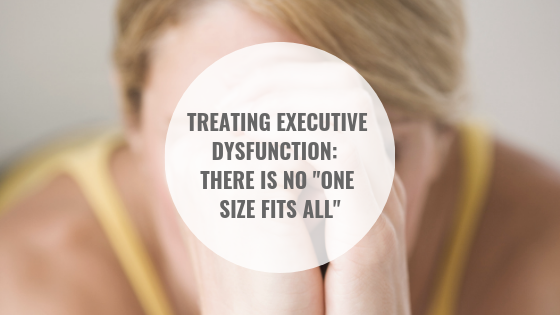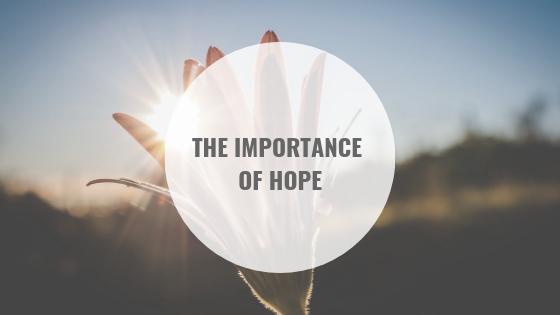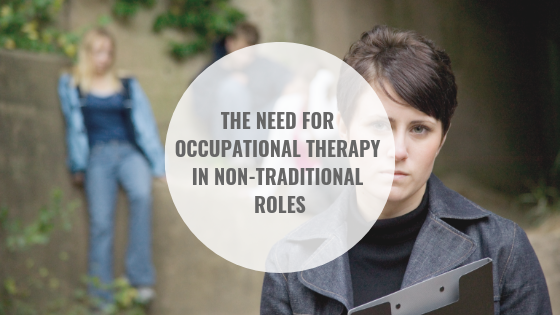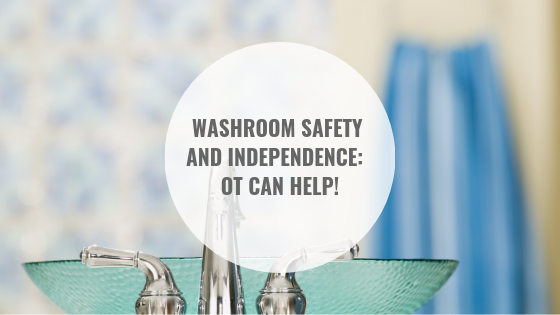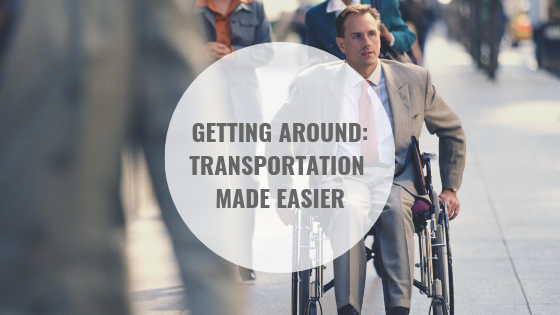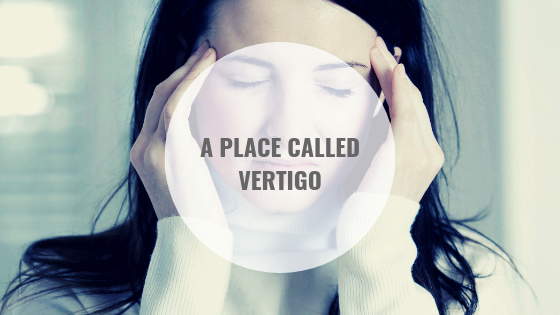Nicole Kelday, Student Occupational Therapist (University of Toronto)
Cowritten by: Julie Entwistle, MBA, BHSc (OT), BSc (Health / Gerontology)
It is staggering to realize that 39% of Ontario high school students show active symptoms of anxiety and depression. And while there are a multitude of resources available to help students that may require mental health services, only 40% of Canadians aged 15-19 reported they have not accessed these when needed. This begs the question…why are these youths not seeking services?
Reaching out for help can be daunting and many report stigma related to mental health concerns, especially in high schools. So, how do we encourage youth to access the services available to them and talk to those who may be experiencing similar concerns? A new emerging trend in mental health care is the concept of youth-led groups. Youth-led groups involve a shift in thinking, instead of viewing youth as our clients; they are viewed as partners and leaders to improve the practice of youth engagement in the mental healthcare system.
Across the province, community agencies have begun to initiate youth-led groups by involving youth with mental health illness in leading each other to raise mental health awareness and fight existing stigma. With support from a clinical adult ally, youth have participated in the creation of youth-friendly services by designing waiting rooms in clinical environments to encompass the interests of this group.
It is known that participation in meaningful activities and roles can enhance emotional well-being and social competence. Occupational therapists (OTs) have the unique ability to evaluate and facilitate supportive environments in order to promote mental health amongst children and youth. By involving all key stakeholders, OTs are able to determine factors that influence the ability of a youth to fulfill their primary roles and occupations and provide interventions to promote maximal functional participation in such.
As a student occupational therapist, I could immediately recognize how this concept strongly resonated with the core beliefs of client-centredness. Youth-led groups truly highlight the client as not only an active partner but also a leader, in their healthcare experience. Youth are equipped with vast knowledge and perspectives that we as healthcare professionals may not immediately recognize, which may help to explain why youth are not seeking available services in the first place.
References
1. Centre for Addiction and Mental Health (2018). Transforming mental health for children and youth. Retrieved from https://www.camh.ca/en/camh-news-and-stories/transforming-mental-health-for-children-and-youth
2. Hartman, L., Michel, N., Winter, A., Young, R., Flett, G. & Goldberg, J. (2013). Self-Stigma of Mental Illness in High School Youth. Canadian Journal of School Psychology, 28(1), 28-42.
3. The New Mentality (2016). TNM Groups. Retrieved from https://www.thenewmentality.ca/what/tnmgroups/
4. The American Occupational Therapy Association, Inc. Mental health in children and youth: the benefit and role of occupational therapy. Retrieved from https://www.aota.org/~/media/Corporate/Files/AboutOT/Professionals/WhatIsOT/MH/Facts/MH%20in%20Children%20and%20Youth%20fact%20sheet.pdf

